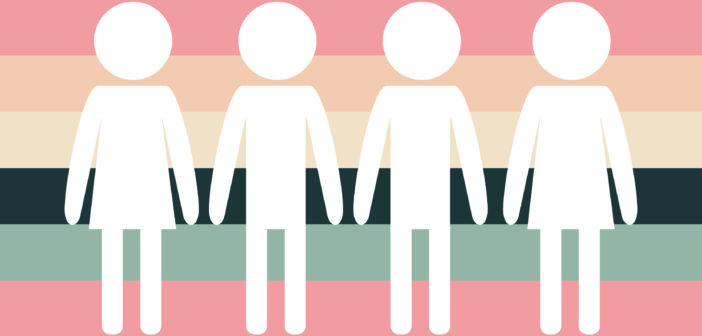On March 28, the U.S. Census Bureau delivered its plans for the topics to be covered on the 2020 census and in the yearly American Community Survey. The bureau must submit their proposal three years before the census is to take place.
In the week before that proposal, they submitted a draft that included, for the first time in the census’ 227 year history, questions about sexual orientation and gender identity. But, when they delivered their revised plans on March 28, curiously, they were gone. The bureau cited the initial mention as “inadvertent.”
John H. Thompson, director of the U.S. Census Bureau, then issued a statement about the incident. Thompson, who was appointed in 2013 by then-president Barack Obama, said that “Our review concluded that there was no federal data need to change the planned census and ACS subjects.”
When some LGBT rights groups saw the news, they were furious. Specifically, the National LGBTQ Task Force posted pictures of the original and modified versions of the proposal with the headline “We’ve been ERASED!” and OUT Magazine wrote “Trump Administration Omits LGBTQ People from 2020 Census.”
Understandably, when you are dealing with advocacy groups, not to mention big bureaucratic agencies like the Census Bureau, the Department of Commerce and the Offices of Management and Budget; this case turns out to be about twice as complicated.
How about we try to make sense of this thing together, shall we?
First and foremost, are LGBTQ groups actually erased from the census? Well, not really. The truth is whether for good or ill, LGBTQ people are counted just like everyone else on the census. However, the 2010 census was the first census to consider same-sex couples and marriages. It allowed people to identify another person as their husband or wife or to list someone else as their “unmarried partner.”
The reason that LGBTQ groups want a more comprehensive picture of the population is so federal funding can be doled out to accommodate to the specific needs of LGBTQ population that can’t be expressed by the current questions. As Megan Maury of the LGBTQ Task Force said, “If the government doesn’t know how many LGBTQ
people live in a community, how can it do its job to ensure we’re getting fair and adequate access to the rights, protections and services we need?”
people live in a community, how can it do its job to ensure we’re getting fair and adequate access to the rights, protections and services we need?”
Is this the doing of the Trump administration? Well, there is no evidence of that as of now, but it’s complicated. According to the Associated Press, over the past few years some federal agencies like Health and Human Services have asked questions about sexual orientation in their surveys. But, during the Trump administration, those questions have disappeared. President Trump’s small sample size along with Vice President Mike Pence’s documented anti-LGBTQ track record make LGBTQ groups see smoke.
Finally, could there be a less nefarious reason for the census retraction? Perhaps.
Before including a question on the census, the bureau prefers to have extensive experience collecting data on a topic. Terri Ann Lowenthal, former staff director of the census oversight congressional committee said, “It would not have been able to carry out the level of research and testing for that larger environment in time for the 2020 survey.”
Whether or not the retraction was done for negative reasons, it is good that people are paying attention. Because if there is one thing that minority groups like the LGBTQ community has learned in the last few years, it’s that if they stand united, they will not be ignored.

